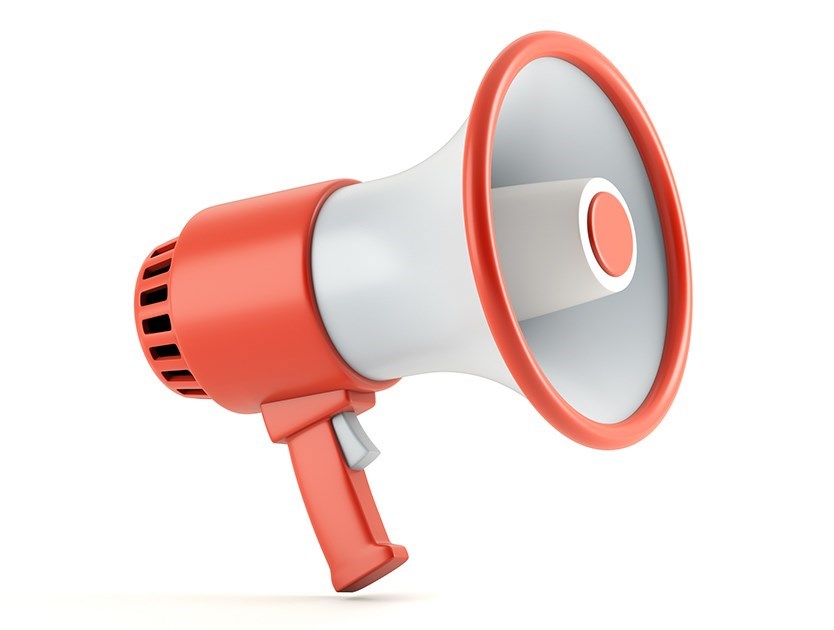How to communicate in noisy environments
The most common and simple solution is to use hearing protection with monitoring function. They enable you to communicate with a colleague at a machine, for example, without having to shout or lift up your hearing protection. You can talk in a normal conversational tone and at the same time get clear sound quality in your hearing protection. Monitoring also allows you to hear warning signals and alarms.
Mechanical monitoring
This can be done mechanically using a filter that filters out harmful noise levels and is not uncommon in more exclusive earplugs.
Electronic monitoring
Hearing protection with electronic monitoring is more effective and provides better sound. Electronic monitoring works as a way for electronic microphones to let sound into the room at the right level, while blocking dangerous noise levels. It is also possible to increase the sound to hear better, but never above 82 dB.
Bluetooth
If you often need to talk or communicate from a longer distance, ear muffs or earplugs with Bluetooth technology can be a good solution.
The hearing protection is connected to an external device in order to communicate through it. The solution is usually via a mobile phone. This solution works very well if you need to talk to a person for a limited time.
Hearing protection with Bluetooth almost always has a monitoring function in the product.
Earmuffs with built-in two-way radio
A two-way radio where only one person can talk at a time. This type of transferred communication is usually recommended where the distances between the people who need to communicate are within the workplace area and contact is required via brief instructions on an ongoing basis during a working day. It is also possible to have many people in a team who communicate unhindered about problems/solutions in, for example, production.
In the event of extreme noise, there are other solutions for communication, including the skull microphone and throat microphone. These perceive vibrations instead of sound waves.

